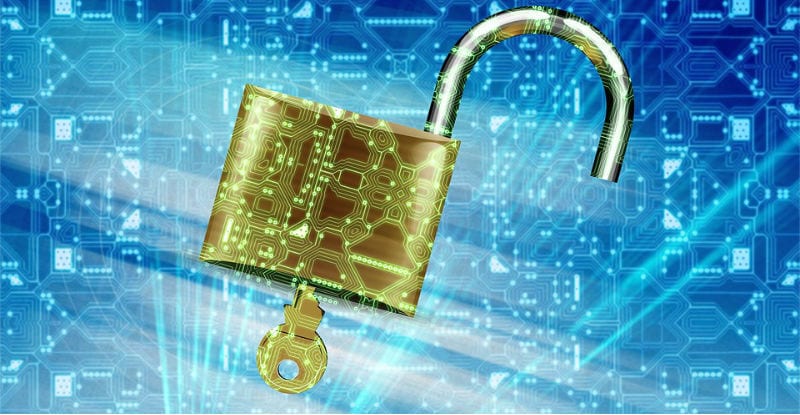Business Identity Management Advice For After the Coronavirus


Eventually, the coronavirus outbreak crisis, which continues to engulf the United States and the globe, will end. Eventually, everyday life, with its social closeness and activities, will resume. The employees who, by and large, now work from home will return to their desks.
We can’t predict how the coronavirus may force your business to evolve. Perhaps you might embrace more generous work-from-home policies. In fact, some organizations may choose to maintain their current work-from-home direction, seeing a productivity boost. Others may find their employees clamoring for their old designated workspaces. Finally, some industries may permanently change in the wake of the economic demands created by the virus.
In all cases, you need to consider your business’ identity management after the coronavirus comes to an end. You can’t pretend the future won’t look radically different from the present. Instead, embrace change and make sure you make cybersecurity a top priority.
Here’s what you need to weigh.
Identity Management Advice for After the Coronavirus
Identity Management for a Hybrid Environment
First, you need to consider how identity management after the coronavirus needs to embrace cloud databases. Your work-from-home employees and other remote workers need access to your databases in order to conduct their jobs. Conversely, this creates serious vulnerabilities for your IT infrastructure; transitioning to the cloud can make your digital perimeter porous and harder to monitor.
Therefore, your business needs an identity management solution with strong authentication policies that can function on the cloud. As such, you may need to embrace capabilities including multifactor authentication and single sign-on. After the coronavirus, your enterprise may find its migration to the cloud doesn’t quite fit with your overall cybersecurity goals; the response to the virus may have accelerated your migration plans. Simply making sure you have an authentication portal between access requests and sensitive cloud data could help you ease into a post-COVID world.
Privileges and Data Loss Prevention
During the coronavirus, you may have loosened some of your privileged access management policies to facilitate work-from-home. You may have granted extra permissions to certain users to help keep lines of communication open or to replicate certain workflows.
However, this represents another way your identity management needs to change after the coronavirus. While a few employees may benefit from the expanded permissions, a majority possessing that kind of power represents a serious vulnerability. Access creep could set in, making your employees an easy and valuable target to hackers. Also, too many privileges could create an insider threat scenario, especially with limited monitoring. Finally, newly privileged users may possess the power to move sensitive data to new databases or out of the organization, rendering them vulnerable to interception or theft.
Therefore, this needs to become a top priority once the coronavirus outbreak recedes. Your enterprise should consider a combination of identity governance and privileged access management to prevent these challenges. The former (also called IGA) helps your IT security team monitor your users’ permissions; also, it enables them to revoke permissions that are unnecessary and dangerous.
Meanwhile, the latter (also called PAM) helps secure your privileged users and helps you determine what privileges enable users to do. This can help prevent privileged users from moving data to unsecured cloud databases or other dangerous digital locations.
Reinforcing Zero-Trust
Currently, your business may wish to extend some benefit of the doubt during the coronavirus. After all, many employees are working in less than ideal workspaces while working-from-home. Several may need to do their work outside normal hours. Others may need access to databases normally outside their job descriptions. Unfortunately, you may need to trust more than is comfortable.
However, this must be a temporary state of affairs. After the coronavirus ends, your identity management must once again embrace a Zero-Trust policy. This principle of cybersecurity states you should never trust and always verify all activities that occur in your network. A hacker could fabricate login credentials, even in a multifactor authentication protocol. If you only use a login authentication, then you may still invite a data breach. Once all of the chaos dies down, its time to embrace tools like continuous authentication.
How to Learn More
For more on identity management after the coronavirus, check out our free Buyer’s Guide. We cover the top solution providers and key capabilities in detail and share our Bottom Line analysis.
Widget not in any sidebars



















